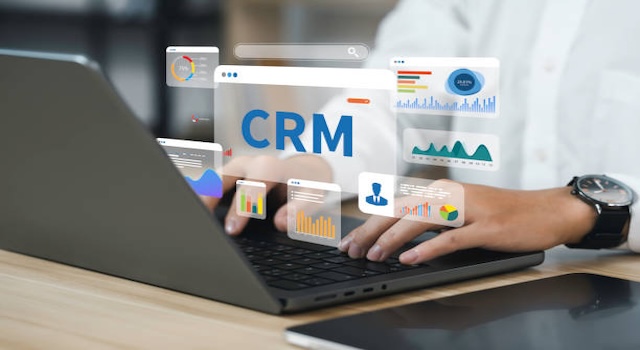CRM
CRM for the Subscription Economy: Managing Recurring Revenue and Customer Lifecycle

CRM for the subscription economy is no longer optional—it’s essential. As more businesses move to recurring revenue models, CRM systems are evolving to manage customer lifecycle value (CLV), reduce churn, and automate renewals. A subscription-first CRM doesn’t just track contacts—it orchestrates the entire revenue journey.
Why the subscription economy needs smarter CRM
Unlike traditional one-time sales, subscription-based businesses rely on long-term customer relationships. This means CRMs must go beyond basic pipeline management to deliver insights and automation around renewals, usage, engagement, and retention.
Core CRM capabilities for subscription businesses
- Recurring billing management: Track subscription plans, invoice cycles, and auto-renewals within the CRM.
- Customer lifecycle tracking: Visualize every stage—from free trial to renewal to upsell.
- Churn prediction and prevention: Use AI analytics to identify at-risk subscribers.
- Revenue forecasting: Predict MRR (Monthly Recurring Revenue) and ARR (Annual Recurring Revenue) trends.
- Customer health scoring: Combine usage, engagement, and support metrics into a single retention dashboard.
How CRM supports the recurring revenue model
Subscription-based CRMs unify the customer experience across marketing, sales, billing, and support. This enables companies to connect retention with revenue—transforming data into proactive lifecycle management.
- Marketing automation: Personalize campaigns based on renewal windows and engagement history.
- Sales enablement: Identify upsell or cross-sell opportunities through predictive analytics.
- Customer success alignment: Alert teams when usage drops or NPS scores decline.
- Billing integration: Sync payment data directly into CRM to track revenue health.
Benefits of subscription-aware CRM
- Reduced churn: Automated engagement keeps customers connected before renewal.
- Higher customer lifetime value: Data-driven upselling and cross-selling increase revenue per user.
- Accurate forecasting: Predict revenue more precisely with real-time subscription data.
- Improved customer retention: Continuous lifecycle management leads to higher satisfaction and loyalty.
Leading CRMs for subscription-based businesses
- Salesforce Subscription Management: Native tools for billing, renewals, and customer health monitoring.
- HubSpot Service Hub: Integrates lifecycle analytics and renewal automation for SaaS businesses.
- Zoho Subscriptions + CRM: Unified billing, CRM, and analytics for SMEs.
- Pipedrive + Chargebee: Combines deal tracking with automated recurring payments.
- Chargebee RevRec CRM Integration: Real-time revenue recognition and lifecycle dashboards.
Implementing a subscription-ready CRM strategy
- Step 1: Map your customer lifecycle from trial to renewal.
- Step 2: Identify key lifecycle metrics—MRR, churn rate, renewal rate, CLV.
- Step 3: Integrate your CRM with billing and support platforms (e.g., Stripe, Zendesk).
- Step 4: Automate engagement workflows for renewals, upgrades, and cancellations.
- Step 5: Continuously refine churn models and upsell triggers using predictive analytics.
Metrics that matter
- Churn rate: The percentage of customers canceling subscriptions over a given period.
- Net Revenue Retention (NRR): Measures recurring revenue growth, accounting for churn and expansion.
- Customer Lifetime Value (CLV): Total revenue expected from a customer throughout their relationship.
- Renewal rate: The percentage of customers who renew subscriptions on time.
SEO-friendly FAQs
What is subscription CRM? A CRM system designed to manage recurring revenue and the full subscription lifecycle—from signup to renewal.
How does CRM help reduce churn? It tracks usage, engagement, and renewal signals to identify at-risk customers early.
Which CRM is best for subscription businesses? Salesforce, Zoho, HubSpot, and Chargebee integrations are popular for recurring revenue management.
What metrics should I track in a subscription CRM? Focus on churn rate, MRR/ARR, NRR, and CLV to measure growth and retention.
Bottom line
As the subscription economy grows, CRM platforms must evolve from static databases to intelligent lifecycle engines. A subscription-first CRM unifies revenue operations, customer engagement, and predictive analytics—empowering businesses to turn every renewal into an opportunity for growth.






